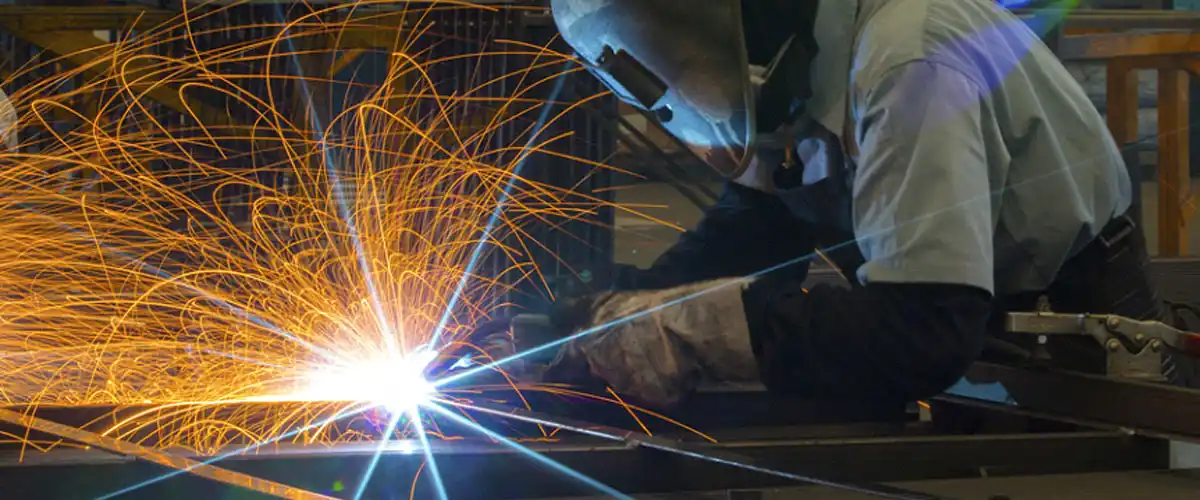

The right
welding gloves can make a significant difference in your welding speed, outcome,
and safety. The key factor for getting a suitable welding glove is finding the
right balance of dexterity and heat protection. Here is some general information
you need to know before choosing the welding gloves that are right for you.
Before you choose a glove, you need to know what type of welding you will be doing. Different techniques have different requirements on the gloves and the protective properties the gloves should have. Here we describe the most common welding techniques.
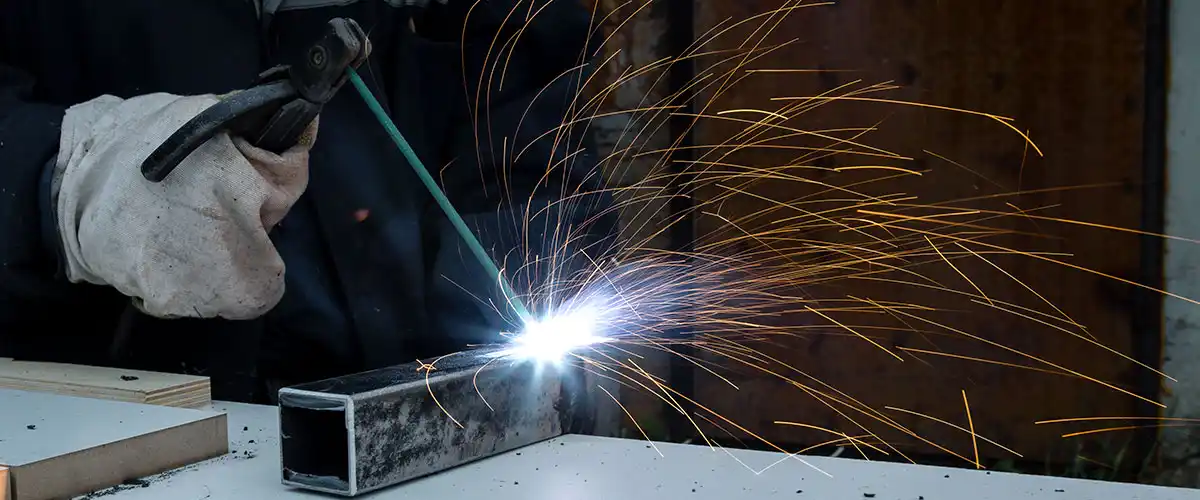
Stick welding
is one of the most popular and is used in the construction of heavy steel
structures. This type of welding uses electricity to melt a metal filler electrode
that melts both the metal joint and electrode all at once. Therefore, it fuses
two pieces of metal together and fills the joint with filler metal at the same
time. Like MIG welding, you will expect high heat and a lot of sparks.
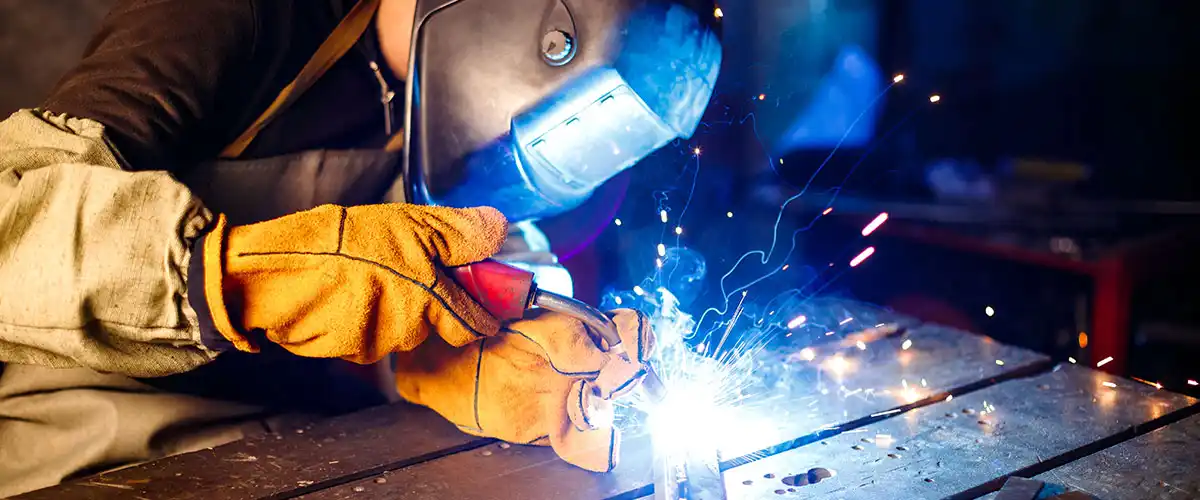
MIG welding
uses electricity to join the metal by forming an arc between the electrode and
the metal. When compared to Tungsten Inert Gas (TIG) welding, this style
of welding is less precise but works well for longer runs. There will be more
sparks flying and splash on our hand. Therefore, it is recommended to wear a
higher heat protection welding glove for this type of welding.
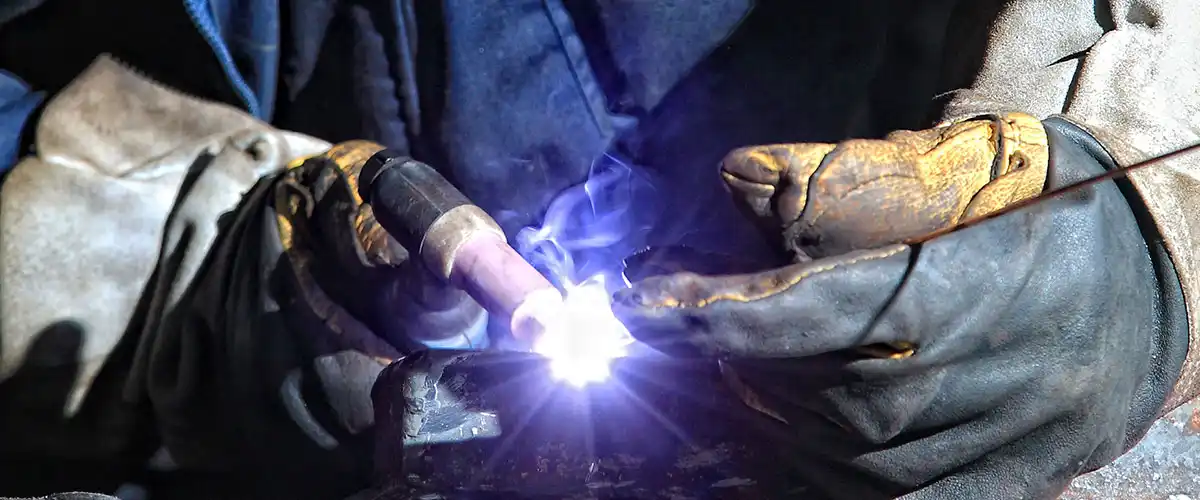
Tungsten Inert
Gas welding is a highly technical style of welding requiring a lot of
precision. It is a process that joins metals by heating them with an arc
between a tungsten electrode (non-consumable) and the workpiece. While it
requires high dexterity to maintain proper control, the type of welding glove
you look out for is going to be different from MIG and stick welding.
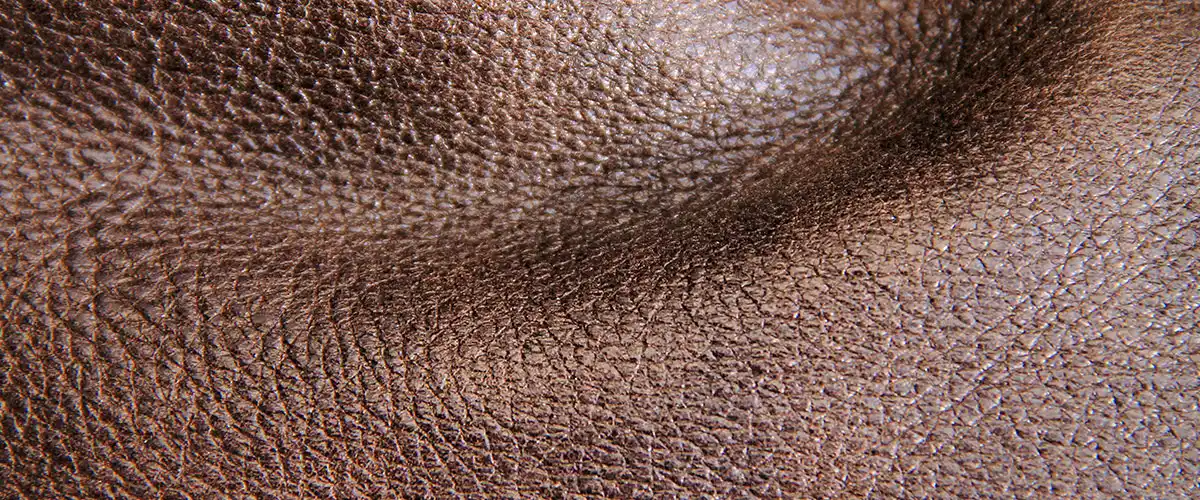
Leather is a natural
material and adapts to the surrounding temperature and environment. It is a durable
and flexible material created by tanning animal rawhide and skin, it is very durable,
non-conductive and dissipates heat well. That’s why it is the most suitable
material for welding protection. But
just like there are options for the type of welding, each leather has its
proper purpose:
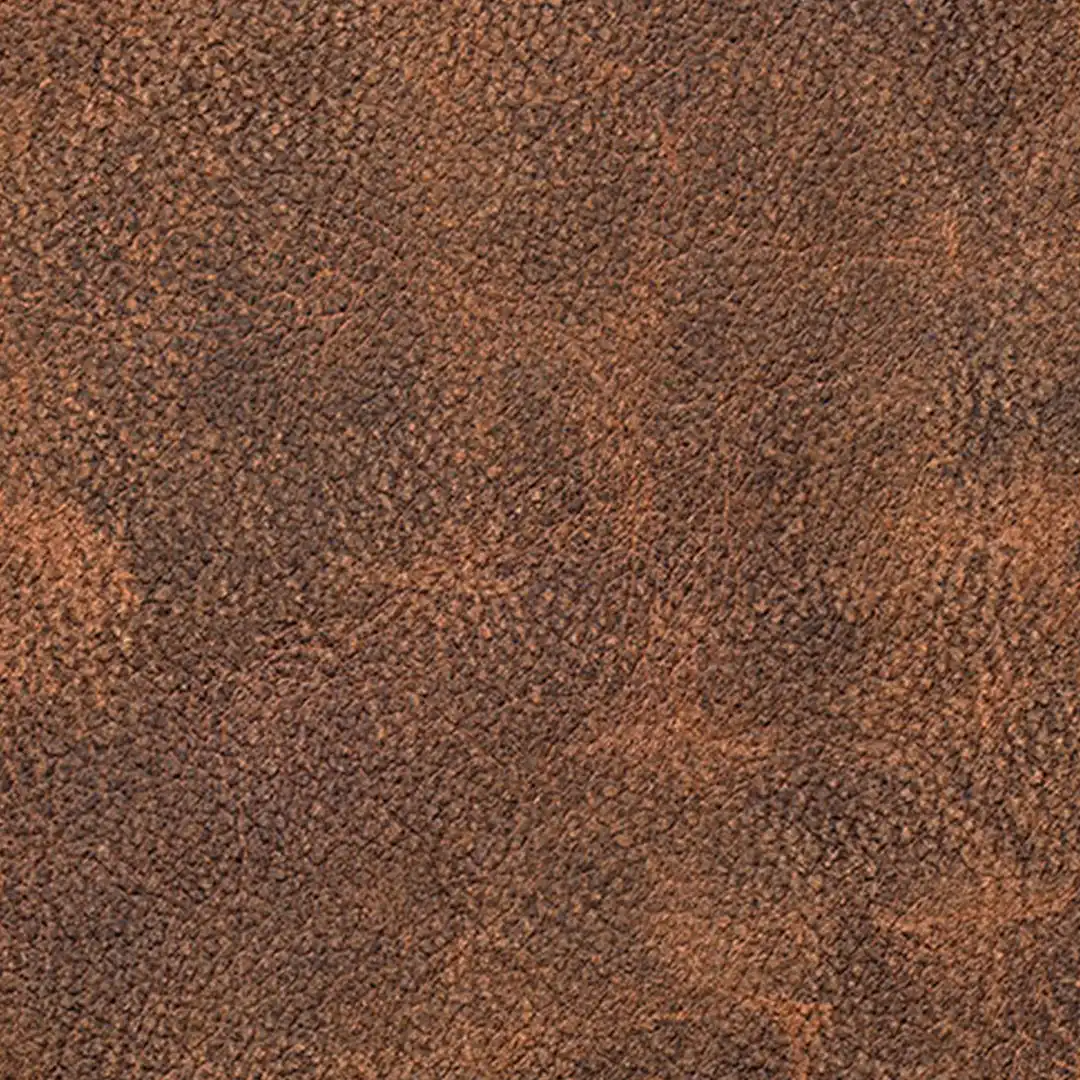
Cowhide is the
most popular leather due to its wide range of quality and uses. Durable and
comfortable. Cowhide is typically used in Stick or MIG welding for the highest
level of heat protection.
Goatskin is
another type of leather commonly used as a replacement of cowhide as it offers
great abrasion and tensile strength but remains soft and supple. Unlike
cowhide, goatskin works great for TIG welding. It provides good dexterity and
flexibility.
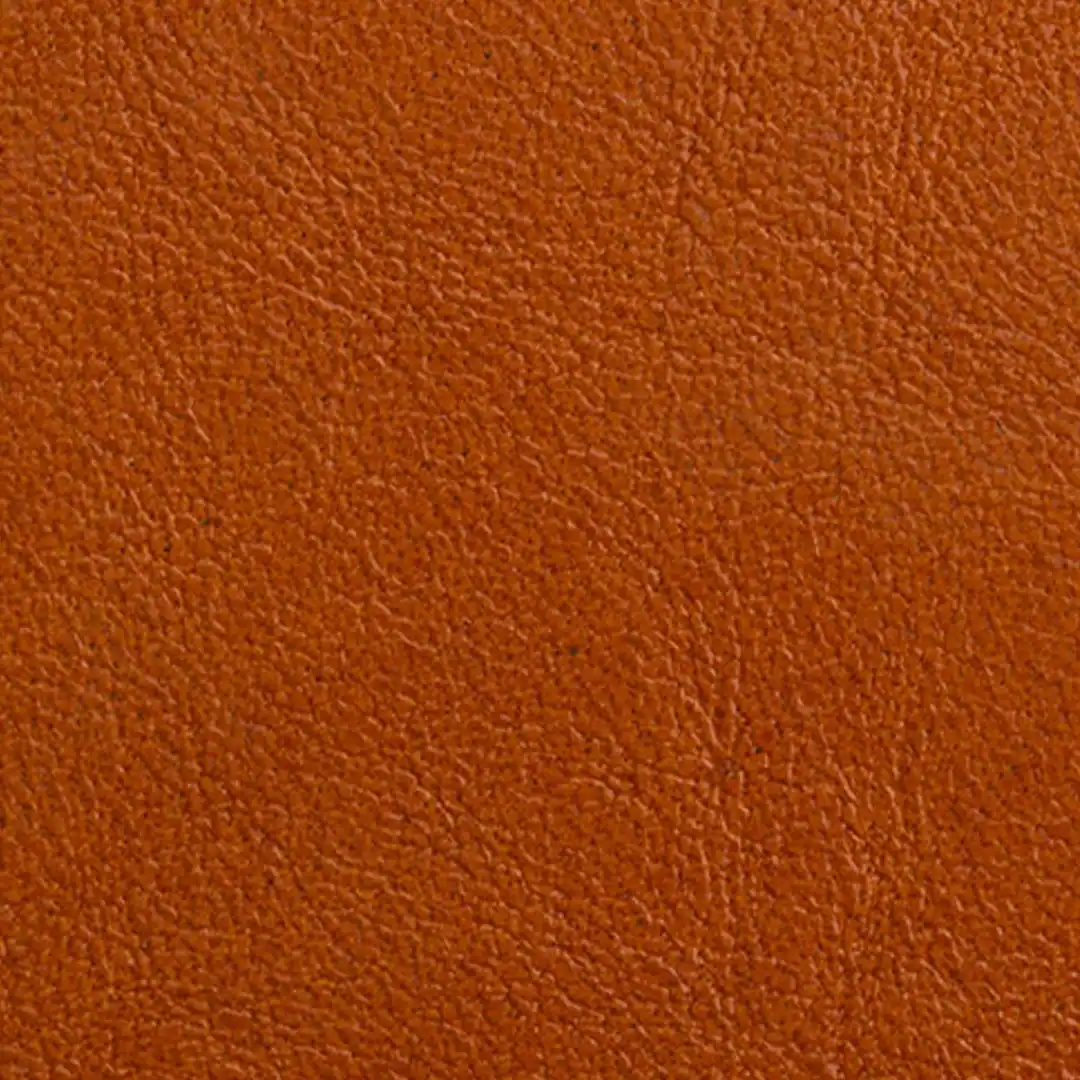
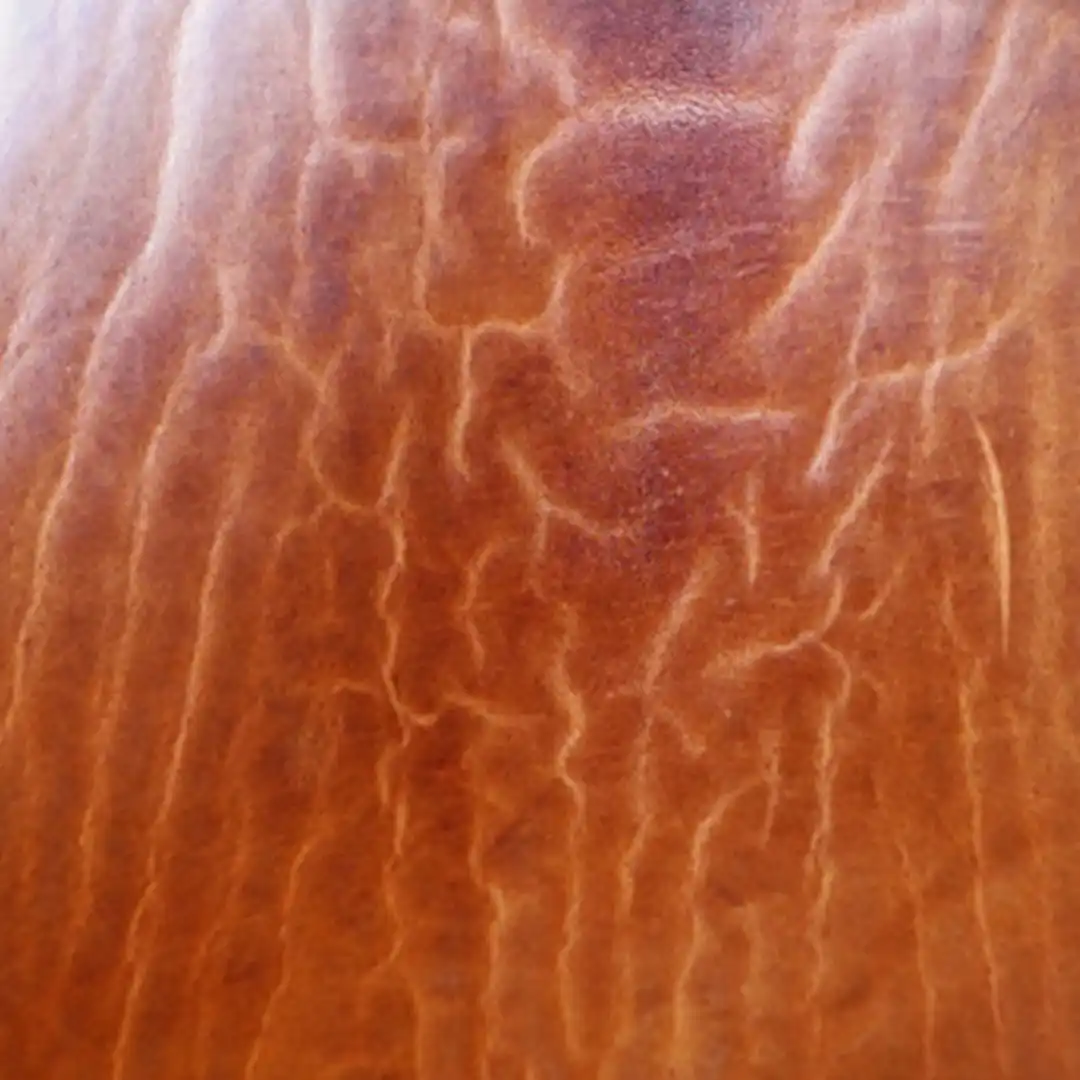
Tough and
durable yet comfortable, this less-popular leather is preferred for TIG welding
on its excellent dexterity.
A tough hide
that performs well in wet and oily conditions, pigskin is great for TIG, MIG,
and Stick welding but is not recommended for throwin’ around on break.


Deerskin is a
soft, supple hide and provides good feel and nice dexterity because of that
this leather is typically used in TIG welding gloves.
Elkskin won’t
harden as fast as cowhide when exposed to high heat, which means less hand
fatigue. This type of leather is typically used in stick or MIG welding due to
the high heat that is used.
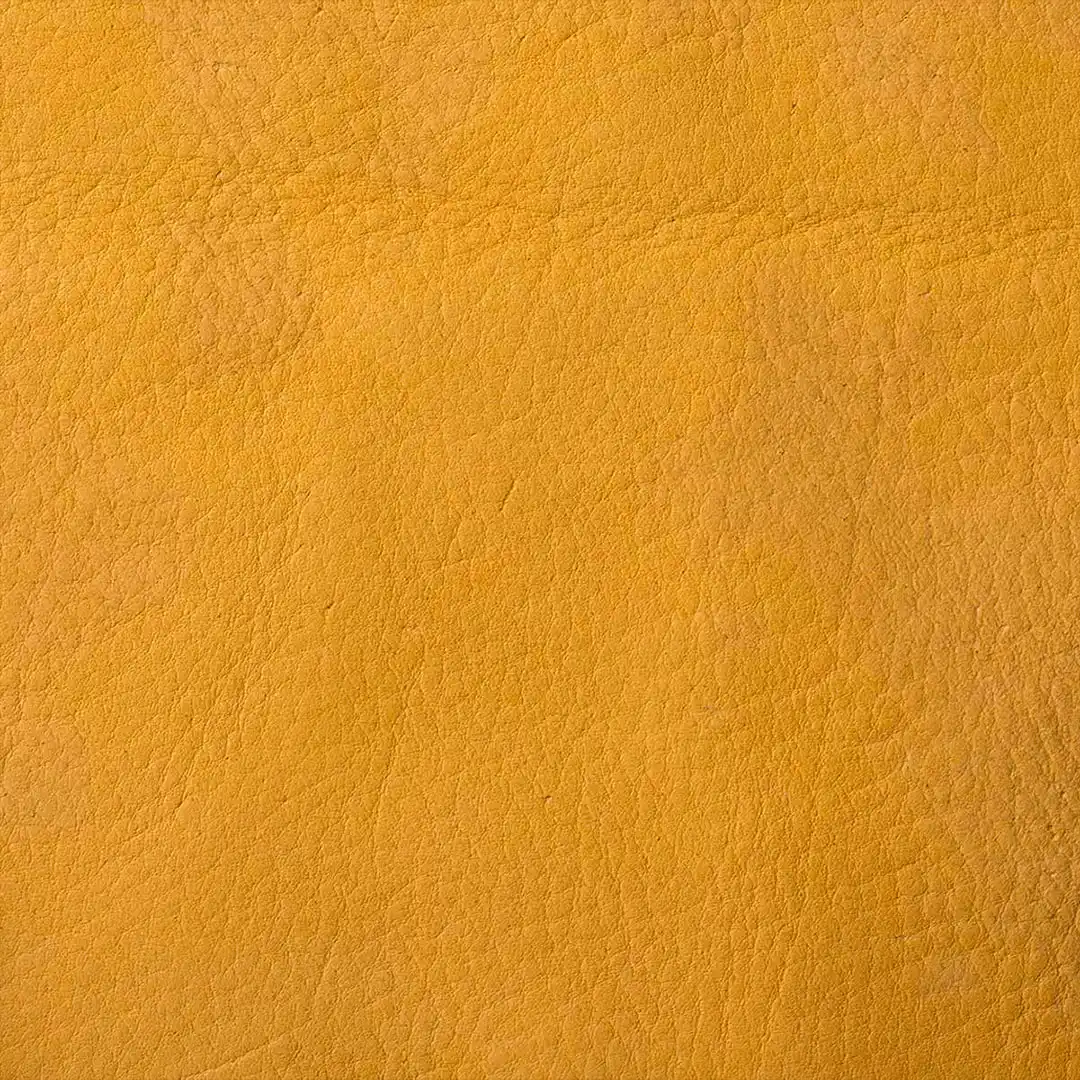
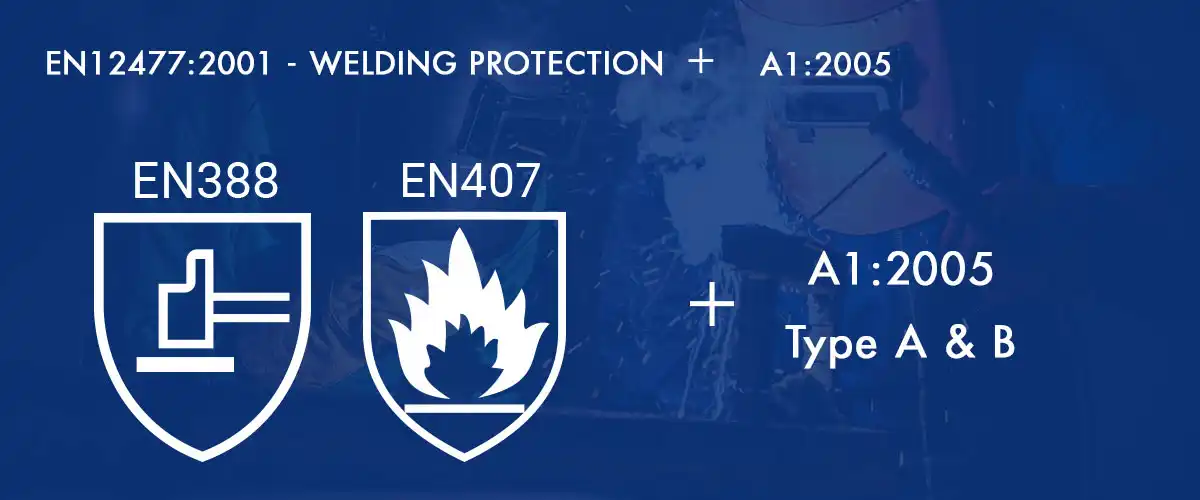
Like other certified
gloves, it is important to make the right choice of gloves for the work you do.
EN12477:2001 + A1:2005 standard is intended
explicitly for gloves designed to be used during welding operations and allied
processes. This standard consists of a combination of EN388, EN407, and
EN420 tests. Welding gloves are required to withstand mechanical risk and heat
resistant risk, particularly to small splashes of molten metal, short exposure
to convective heat, to radiant heat, and to contact heat.
Other than that, EN12477:2001 + A1:2005 standard also assessed according to its design and purpose. It is
clearly defined into two categories:
Type A refers to gloves with higher
protection against heat but with lower flexibility and dexterity
Type B refers to gloves with lower protection
against heat but with greater flexibility and dexterity
The table below showed how the type of
welding glove is determined to refer to the requirements and standard
| Requirement | Standard |
Minimum performance required |
|
| Type A |
Type B | ||
| Abrasion resistance |
EN 388 |
Level 2 |
Level 1 |
| Blade cut resistance |
EN 388 |
Level 1 |
Level 1 |
| Tear resistance |
EN 388 |
Level 2 |
Level 1 |
| Puncture resistance |
EN 388 |
Level 2 |
Level 1 |
| Burning behavior |
EN 407 |
Level 3 |
Level 2 |
| Contact heat resistance |
EN 407 |
Level 1 |
Level 1 |
| Convective heat resistance |
EN 407 |
Level 2 |
- |
| Resistance to small splashes of molten metal |
EN 407 |
Level 3 |
Level 2 |
| Dexterity |
EN 420:1998 |
Level 1 |
Level 4 |
Welding is a specialized work that needs specific requirements,
particularly on heat protection and dexterity. However, you will need to
understand what type of welding work you will be involved in to pick the right
gloves for the task you do. For stick and MIG welding, higher heat protection
is needed to lower the risk of getting heat related injuries. In contrast, TIG
welding requires a higher level of dexterity to complete the task yet maintain a
decent level of heat protection. The EN standard is essential as the test
result guaranteed minimum heat protection. Therefore, you will be able to use
the test result as a reference point to make informed decisions.
Winter working
gloves & EN511
Metalmix -
glove coating guide